Winter squash varieties are a colorful and flavorful addition to your fall and winter meals. As the days grow shorter and the temperatures drop, these hearty vegetables become the perfect comfort food, with a wide range of textures and flavors.
You might be familiar with the well-known butternut squash or spaghetti squash, but other winter squash varieties deserve a spot on your table, too. Enjoy the colder months with these beautiful and delicious vegetables at your fingertips.
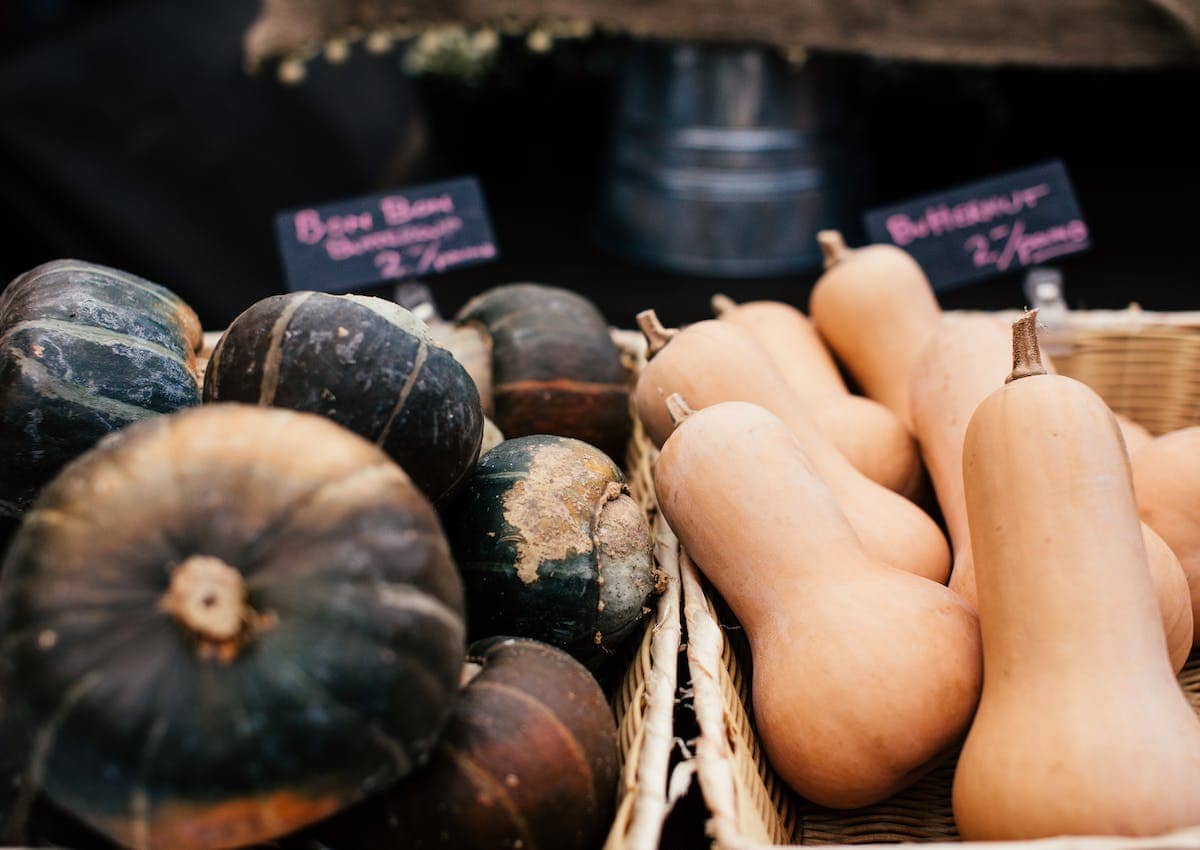
Picking winter squash
There’s not much to picking a good winter squash. There shouldn’t be any soft spots and it should feel nice and heavy in your hand. Avoid squash with too many outwards blemishes.
Storing winter squash
Sort of like potatoes, winter squash stay best in a cool, dark place. I’ve actually stuck mine in our unfinished basement before and they’ve stayed all winter (4-5 months) down there without issue.
If you keep them on your counter-top, you’ll want to use the squash within about 2-3 months.
Health benefits of winter squash varieties
There are so many!
According to the Cleveland Clinic, winter squash are all a low-calorie, healthy complex carbohydrate full of fiber and an excellent source of vitamin A, C and potassium.
Iron and beta carotene also rank high in winter squash, the darker the skin, usually the higher the source of beta carotene.
Sub out winter squash for pasta, breads, rice and other grains once and awhile for healthy boost.
The difference between winter and summer squash
Summer and winter squash both belong to the cucurbita plant family. The primary distinction between the two is in their harvest times. Farmers harvest summer squash, like round zucchini and patty pan squash, in the summer because it tastes best young, with thin skin and tender flesh.
On the other hand, winter squash is harvested in the late summer or early fall once fully mature. Their skin thickens and hardens, protecting the sweet interior and giving them a longer storage period. With its rich, earthy and nutty flavor, winter squash fits perfectly into hearty meals for the cold season.
So, while both summer and winter squash come from the same botanical family, their harvesting times, textures, flavors and uses set them apart.
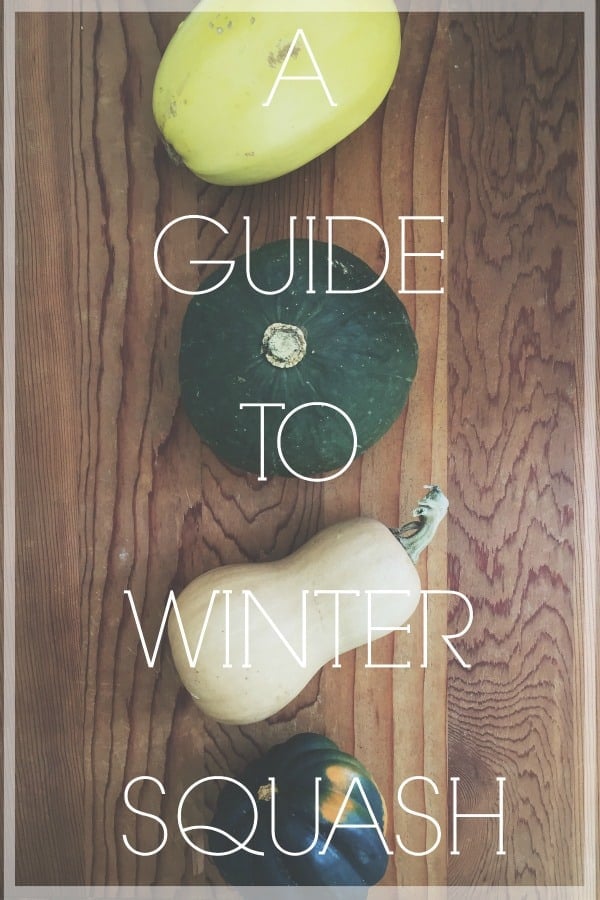
Winter squash varieties
The popularity of winter squash varieties varies based on regional preferences and what grows well locally. But here are some of the most common to find at grocery stores and local farmers’ markets.
Butternut squash
Its sweet, nutty flavor makes butternut squash a popular choice in cooking. It lends itself well to either savory or sweet preparation.The exterior is tan, while the inside is bright orange. You can bake, roast or turn butternut squash into a soup.
The skin of a butternut squash is very thin unlike most other winter squash varieties. I usually remove it with a vegetable peeler before cooking.
Butternut is commonly known for its sweeter flesh, but compared to the kabocha, it’s definitely not as sweet and more like a traditional pumpkin flesh.
Butternut squash has become pretty interchangeable with sweet potatoes and is a great lower-calorie option roasted, pureed or mashed.
Make a sauce with it and prepare this creamy sage butternut white bean gnocchi, roast it and use it in this barley butternut squash salad, serve it as a puree instead of potatoes in this creamy coconut garlic butternut squash puree or make a fun lasagna inspired dinner everyone will love with these butternut squash lasagna roll-ups with chicken and spinach.
Acorn squash
Acorn squash is another well-known winter squash variety with a unique acorn-like shape. This dark green squash has a tender, mild flavor, perfect for stuffing or baking. It has an edible ridged skin, which also peels off easily when cooked.
Acorn squash can be used in soups and purees but the flavor profile tends to be best when baked or roasted. It’s often times stuffed, like in this apple lentil stuffed acorn squash but can also be made into onion ring like form for a fun way to get your squash on like in these coconut crusted acorn squash rings.
There’s also a white variety which is so delicious as a simple side dish in this maple baked white acorn squash.
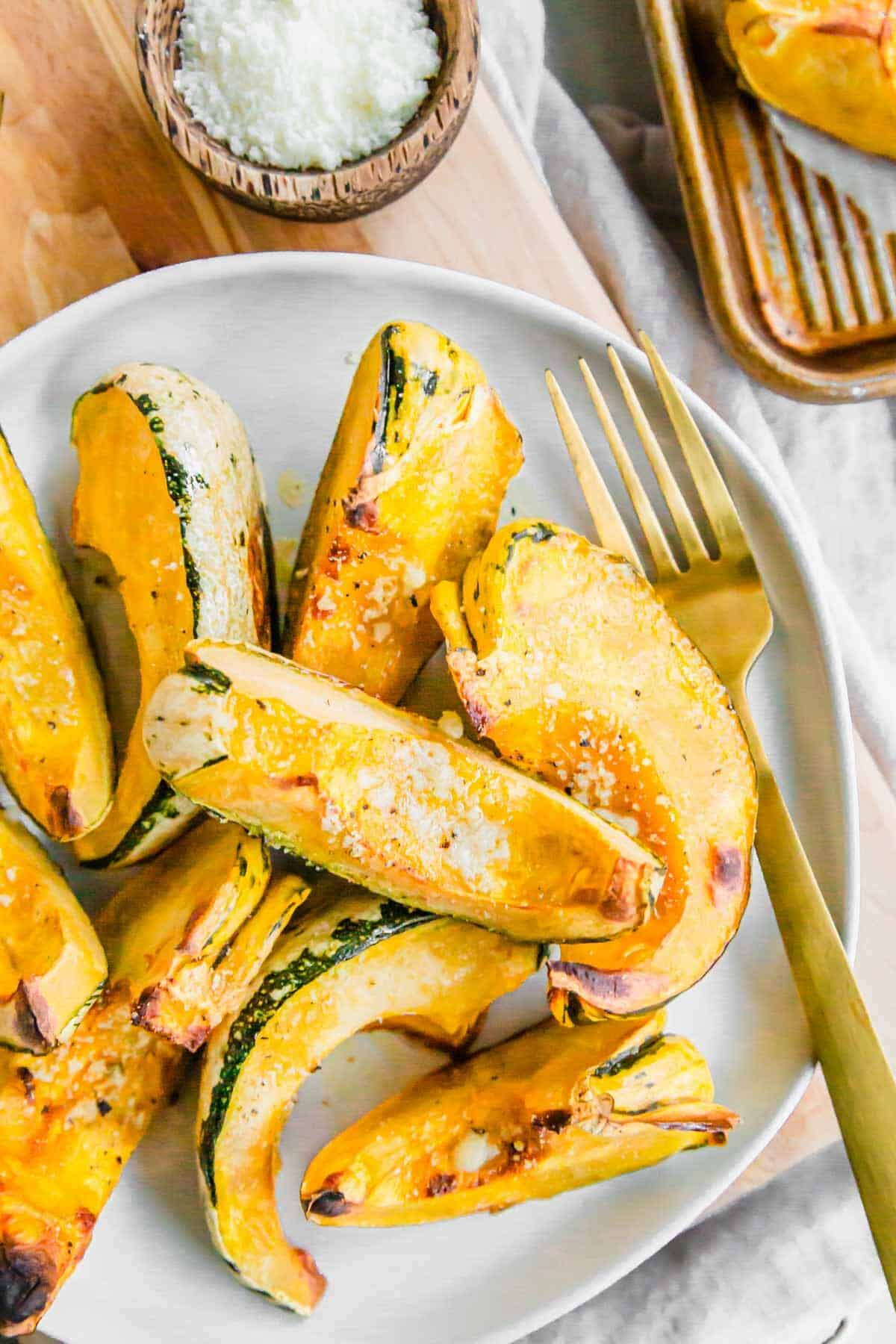
Kabocha squash
Kabocha squash, or Japanese pumpkin, features a dark green exterior with bumpy skin. Kabocha squash can look similar to buttercup squash but the two aren’t entirely the same. Its flesh is a bright, sweet orange with a rich, buttery texture.
“I’m obsessed with kabocha squash. It’s fantastic roasted with butter and smoky spices like ground chipotle or smoked paprika or pureed into a soup or mash. It’s a bit starchier than the traditional pumpkins we’re used to in the west, almost like a cross between winter squash and sweet potato.”
— Robin Donovan, All Ways Delicious
Read all about that squash in this roasted buttercup squash recipe and this Thai buttercup squash soup.
I find the taste of kabocha squash almost reminiscent of the inside of a chestnut. While the rind is edible, most will peel it off or discard after roasting.
My favorite way to eat kabocha is to roast slices of it (with the rind attached) on a sheet pan seasoned with cinnamon and other sweet spices. Once roasted, scoop the flesh right off the rind.
It also makes a delicious puree given it’s natural sweetness. You can also stuff kabocha like in this wild mushroom couscous lamb stuffed kabocha squash or make soup with it in this cinnamon ginger kabocha squash soup.
Spaghetti squash
As the name suggests, spaghetti squash has spaghetti-like strands that form after cooking. Its mild taste makes it an excellent low-carb, gluten-free alternative to traditional pasta. You can enjoy it with marinara sauce, mixed with veggies or stuffed.
This squash can be baked, steamed, boiled and even microwaved. Yep, I’ve cooked one entirely in the microwave before, so easy! My favorite way though is roasted.
Simply slice the squash in half, lengthwise, scoop out the seeds and place in a baking dish. Roast at 375-400 degrees until flesh is soft and can easily be scraped, at least 45 minutes. Once it’s cooked, scrape the flesh out with a fork and it turns into spaghetti like strands.
Use it as a healthy pasta replacement like as the base for this spicy porter short rib chili, stuff it like in this chocolate chili stuffed spaghetti squash or make fritters out of it like these spicy spaghetti squash latkes.
Similar to stuffed spaghetti squash is this twice baked spaghetti squash recipe. It’s filled with lots of goodness and you can’t beat that bubbly center and crispy topping of the twice baking method.
You can even make this “pasta-like” comfort dish of turkey sausage spaghetti squash baked ziti!
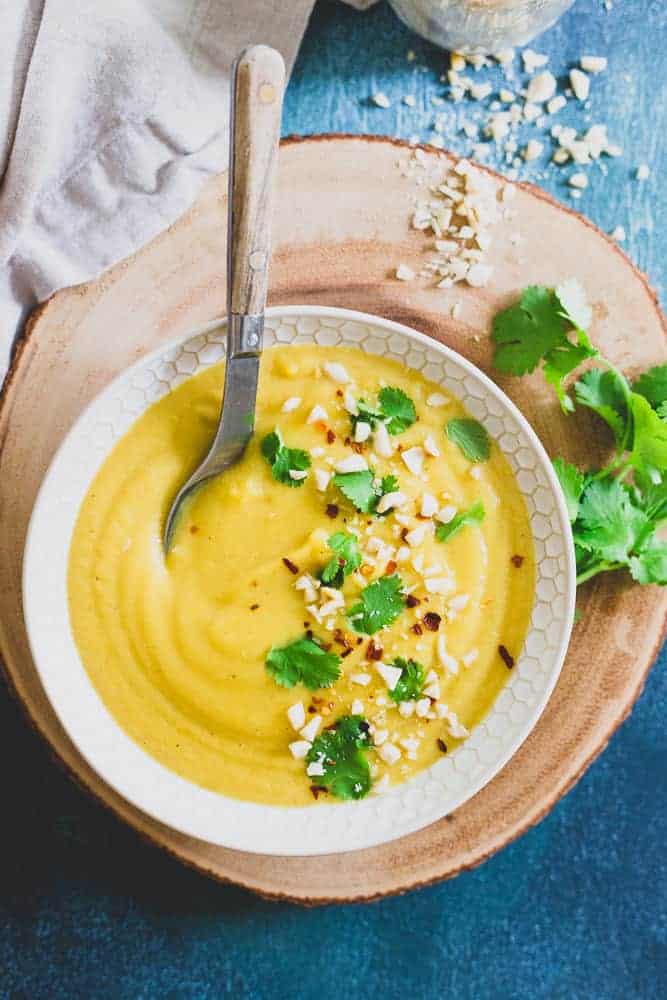
Delicata squash
Delicata squash has a unique elongated shape with green and yellow striped skin. Its thin skin is edible, making it incredibly low-maintenance. The squash has sweet yellow flesh that tastes like a mix of corn and pumpkin. You can roast, steam, sauté or air fry delicata squash.
“My favorite winter squash is delicata squash. It’s delicious when simply roasted with just some salt, pepper and olive oil, but it can also be added to sheet pan meals, stuffed or added to a hash.”
— Gen La Rocca, Two Cloves Kitchen
Many winter squash are delicious as a creamy soup but I especially enjoy this creamy coconut delicata soup recipe this time of year. If soup isn’t your thing, stuffed delicata squash or roasting delicata seeds are two more ways to enjoy this smaller winter squash variety.
Carnival squash
Carnival squash features a multi-colored exterior. With a combination of white and dark green stripes on top of its orange skin, it adds a pop of color to your winter meals. It has a sweet and mildly nutty flavor.
It’s easy to confuse carnival squash with sweet dumpling squash as their appearance can sometimes be almost identical. In fact, carnival squash are a mix between sweet dumpling and acorn squash. The discerning trick is that the background color of carnival squash is more of a yellow/cream color whereas sweet dumpling squash has a more green tint.
Sweet dumpling squash
The sweet dumpling squash is a petite winter squash characterized by its firm, cream-colored skin intricately flecked with green. Its delightful taste, complementing maple syrup and other sugary coatings, renders it a delectable delicacy ideal for both sweet and savory culinary endeavors.
My favorite way to enjoy it blends both sweet and savory flavors in this roasted sweet dumpling squash recipe. The maple tahini dijon sauce drizzled on top of the roasted wedges of squash is next level delicious.
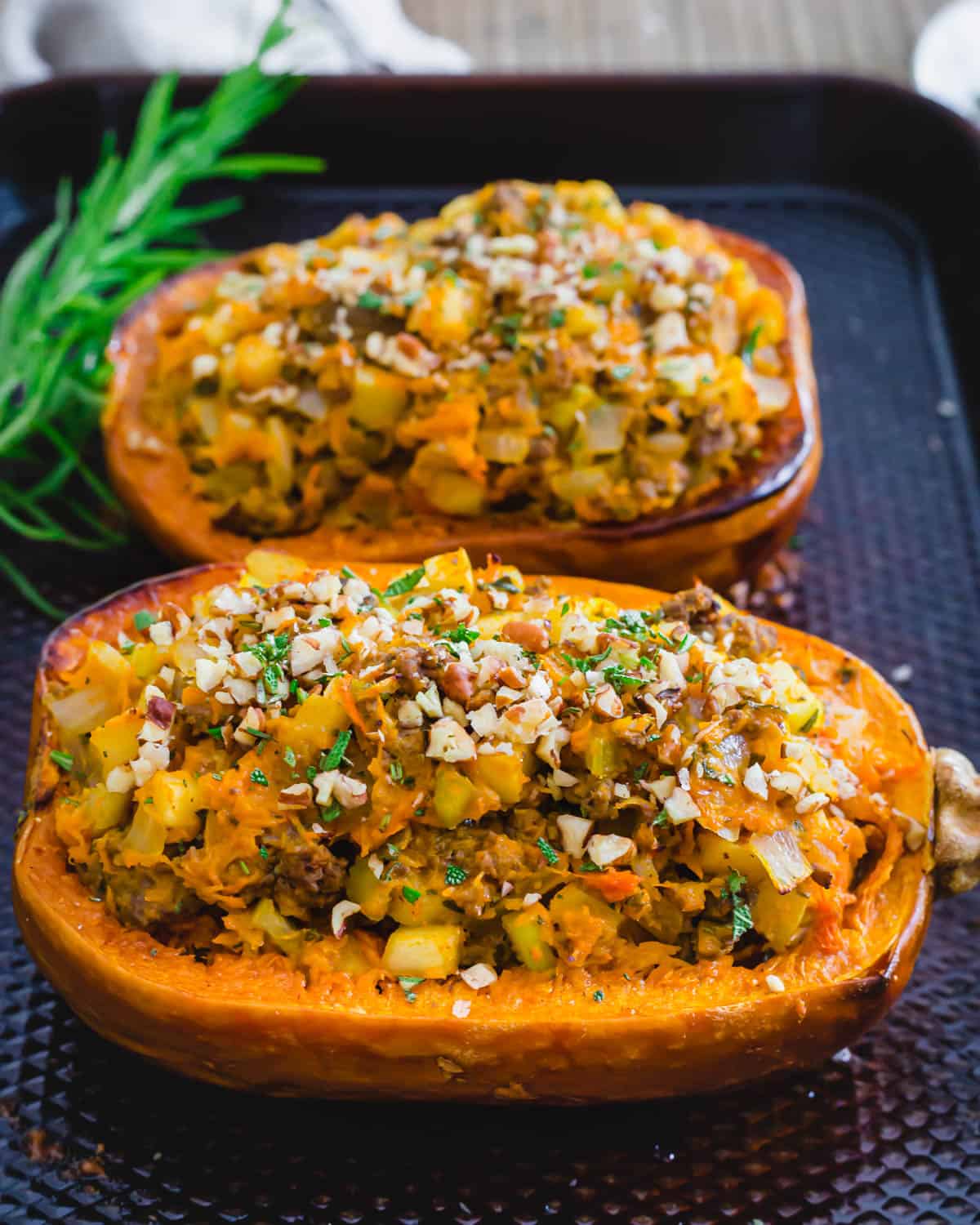
Honeynut squash
Honeynut squash looks like a mini version of butternut squash, with a darker exterior and sweeter flavor. It’s an excellent option for single servings or small households. Like its larger counterpart, you can roast, puree or stuff honeynut squash.
Honeynut is a hybrid squash coming from the cross-breeding of butternut and buttercup squashes. It’s relatively “new” to market but has gained traction quickly for it’s adorable size and deliciously sweet taste.
I really enjoy the taste of this squash and its perfect individual sized portions due to its smaller size. Stuffed honeynut squash is hard to beat as a cozy seasonal meal.
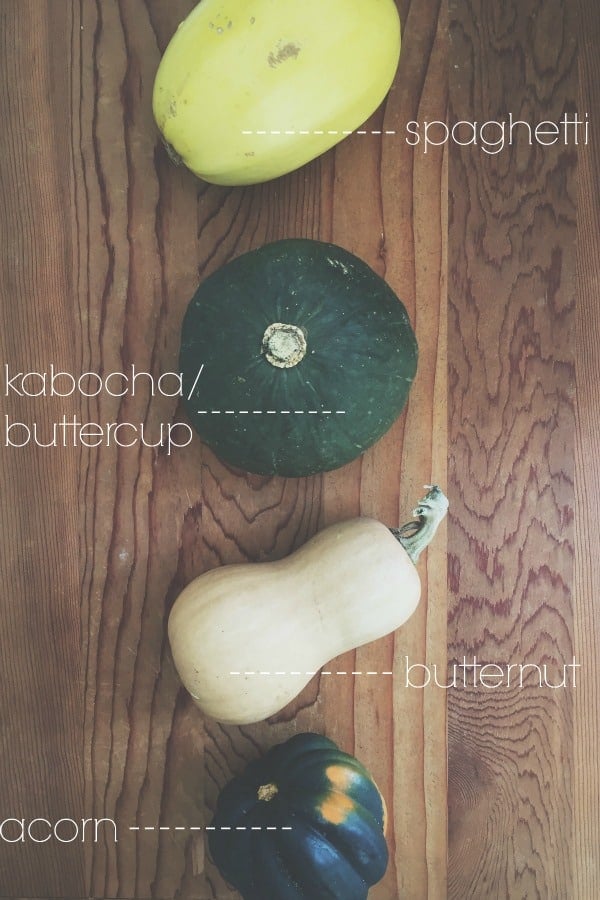
Buttercup squash
The buttercup squash is easily recognizable by its dark green skin and unique gray button on its bottom. Although, that distinguishing feature is not always present making it easy to confuse with kabocha squash at times.
Inside, the flesh is deep orange, with a rich, sweet and creamy flavor, often compared to a baked sweet potato. Its dense texture makes it suitable for soups, purees and baking.
The first way I tried buttercup squash was a simple recipe for roasting it. To this day, that method never disappoints with the sweet, moist winter squash varieties.
Red kuri squash
The red kuri squash, also known as the Hokkaido pumpkin, has a teardrop shape, with a vibrant orange and red rind. This winter squash lacks the stringiness that some other squashes have, and its chestnut-like flavor is sweet and nutty. Red kuri squash shines in various dishes, from soups to salads.
Hubbard squash
Hubbard squash comes in various colors, including blue, gray and orange. One of the largest winter squash varieties can weigh between 10- to 20 pounds. The dense, dry flesh has a rich flavor similar to sweet potato, making it perfect for pies, soups and purees.
Turban squash
The turban squash stands out with its top-heavy, turban-like shape. Its colorful and decorative appearance, with patches of green, orange and even white means it is often used as an ornamental centerpiece. But beyond its looks, the Turban squash offers a mild, nutty flavor, somewhat reminiscent of hazelnut.
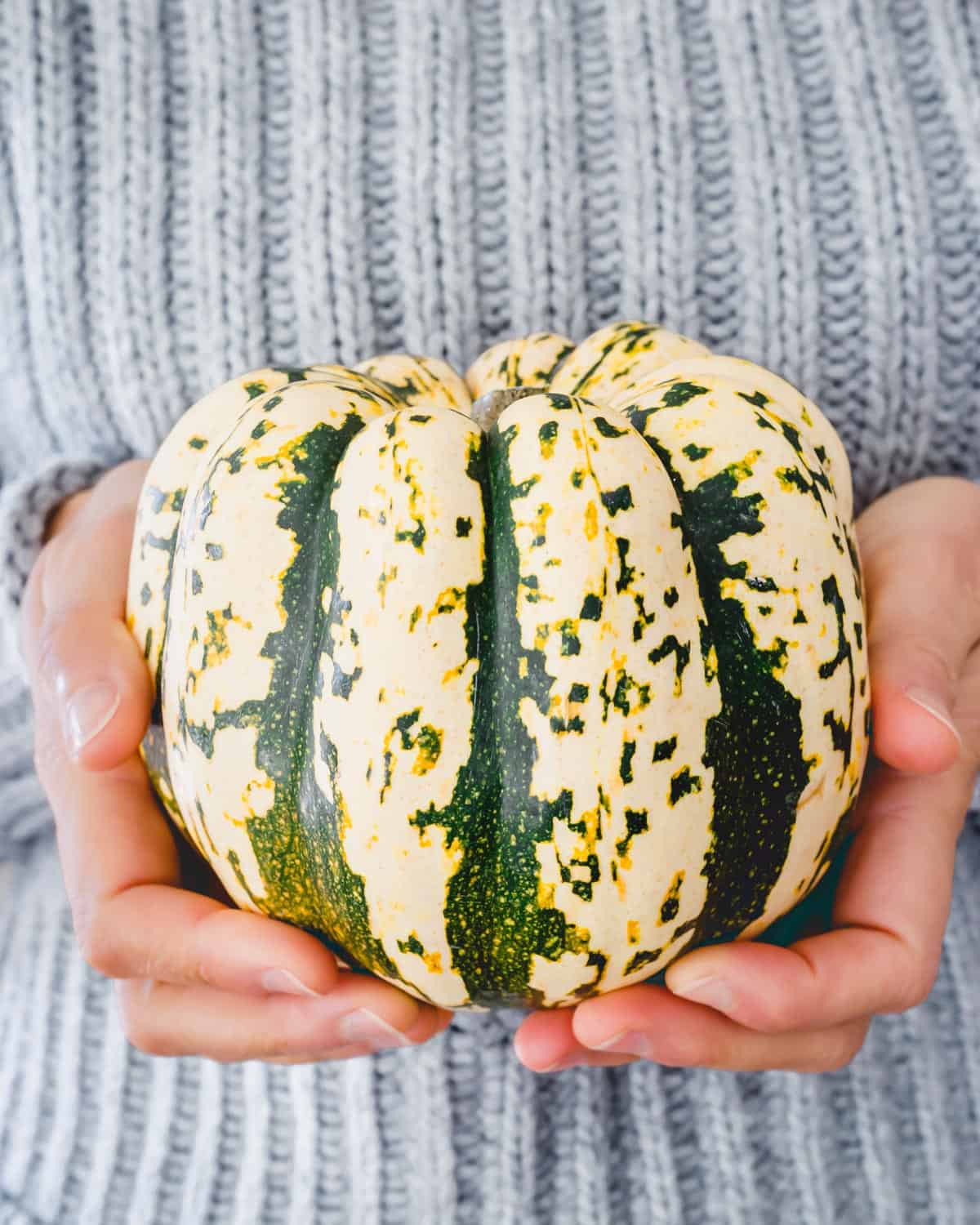
Koginut squash
Koginut squash, with its distinctive name, boasts an intriguing background and an expanding fan base. Despite being a recent hybrid from Row 7 seeds, a collaboration including famed chef, Dan Barber, it seamlessly amalgamates the finest attributes of kabocha squash and butternut squash.
Koginut features a smooth-textured squash akin to kabocha with a sweet flavor and edible skin, reminiscent of butternut squash.
One of its most notable characteristics is the tender outer peel which allows the squash to be sliced effortlessly and distinguishes it from more time-consuming hard-skinned winter squashes like kabocha and acorn squash.
Once again, koginut shines when roasted. Try it in this koginut squash salad or make the koginut squash bowl that the founders created in collaboration with Sweetgreen.
Honeypatch squash
Honeypatch squash is a relatively newer hybrid squash grown by Row 7 seed company. This palm-sized butternut lookalike was breed to concentrate all the sweet candy-like flavor of a butternut squash along with the beta carotene into a smaller, single-serve package.
The squash has a smooth and custard-like texture, edible skin and incredibly sweet taste. It’s grown in the Northeast region of the United States and available from October through January in the northeast and mid-Atlantic regions. You’ll find it at stores like Whole Foods but seeds can also be purchased directly online to grow yourself. It’s a squash worth adding to your garden!
Other Ways To Enjoy Winter Squash
Besides all the recipes above, you can also make roasted squash seeds with the seeds from any winter squash.
In fact, I prefer (and I think you will to) roasted winter squash seeds to roasted pumpkin seeds.
They’re a bit smaller, much less tough and fibrous and roast up into crispy, crunchy bites that are perfect as a snack, as a soup or salad topper and even used in baked goods and homemade trail mixes.
You can roast them in a variety of seasonings and spices for any flavor combination you prefer!
Wrapping up
Take advantage of the wide variety of winter squash available and try something new and different this year. Each brings unique flavors and attributes to the table, making them excellent additions to your winter menu. Pair them with your favorite winter fruits and have fun exploring and experimenting in the kitchen with these winter squash varieties.
Parts of this article originally appeared on Food Drink Life.
Gina Matsoukas is an AP syndicated writer. She is the founder, photographer and recipe developer of Running to the Kitchen — a food website focused on providing healthy, wholesome recipes using fresh and seasonal ingredients. Her work has been featured in numerous media outlets both digital and print, including MSN, Huffington post, Buzzfeed, Women’s Health and Food Network.
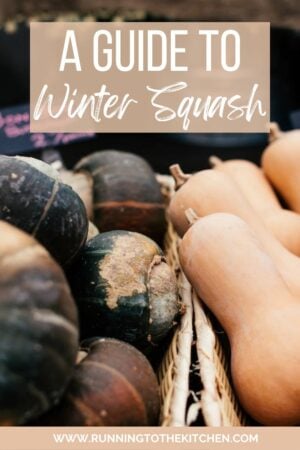
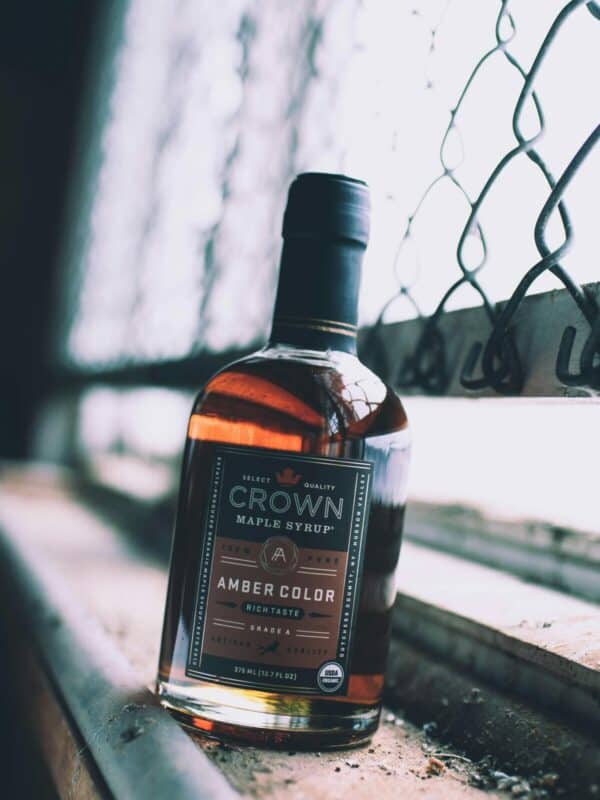
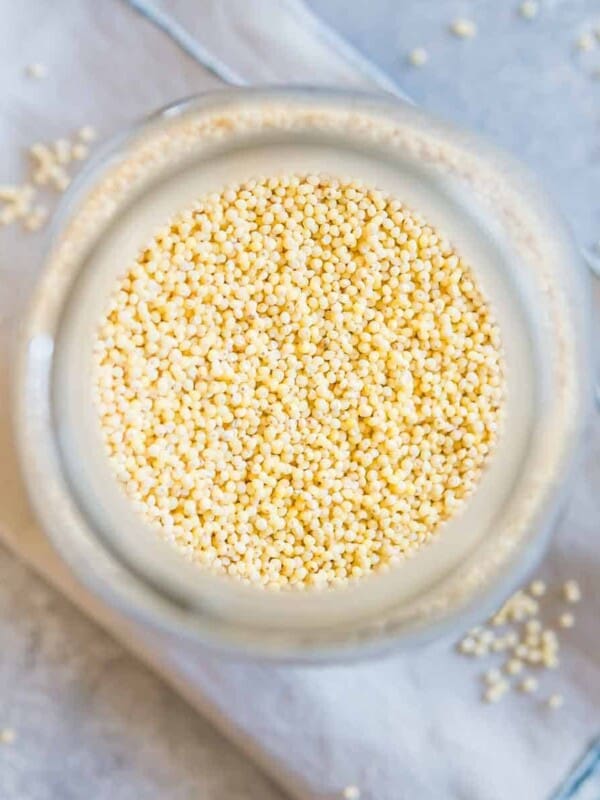
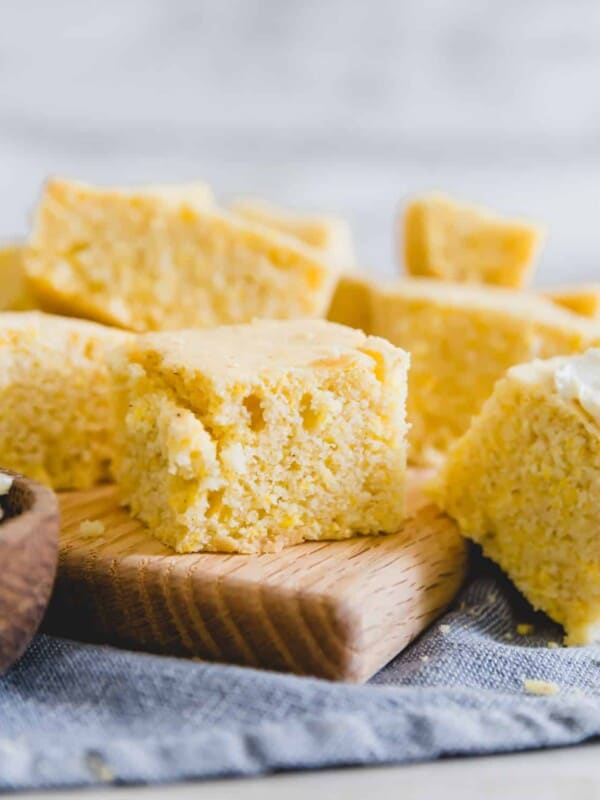
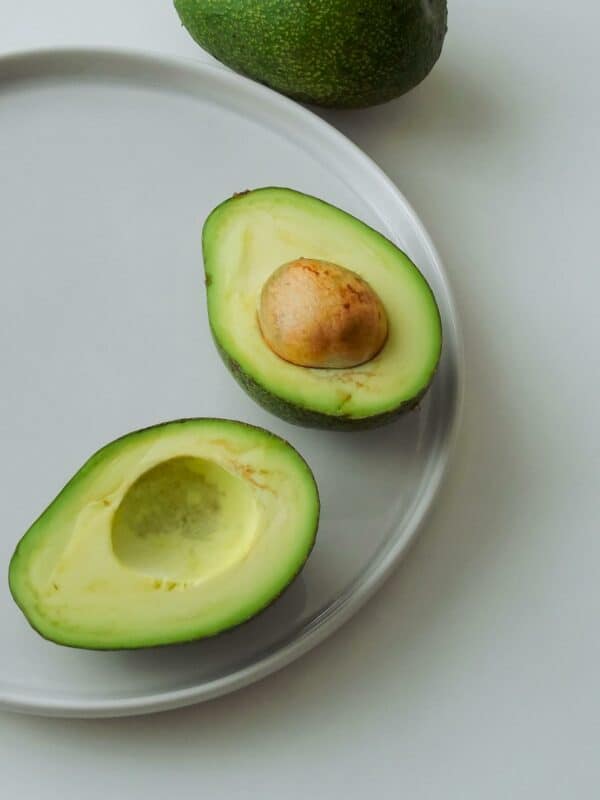





I love kabocha squash and always make mini pancakes. My kids love them so much!
I’m obsessed with carnival squash. It’s like acorn but it’s sweeter, no sugar required. I roast it in foil ,quartered with a pinch of nutmeg and some butter. One downfall is that it’s hard to find.
Will keep an eye out for it!
This is so helpful! My family will thank you for all the tasty squash I need to test out on them now :)
I’m making acorn squash for the first time tonight! I am all about some “seasonal” flavors/produce. Thanks for the awesome guide! Pinned! :)